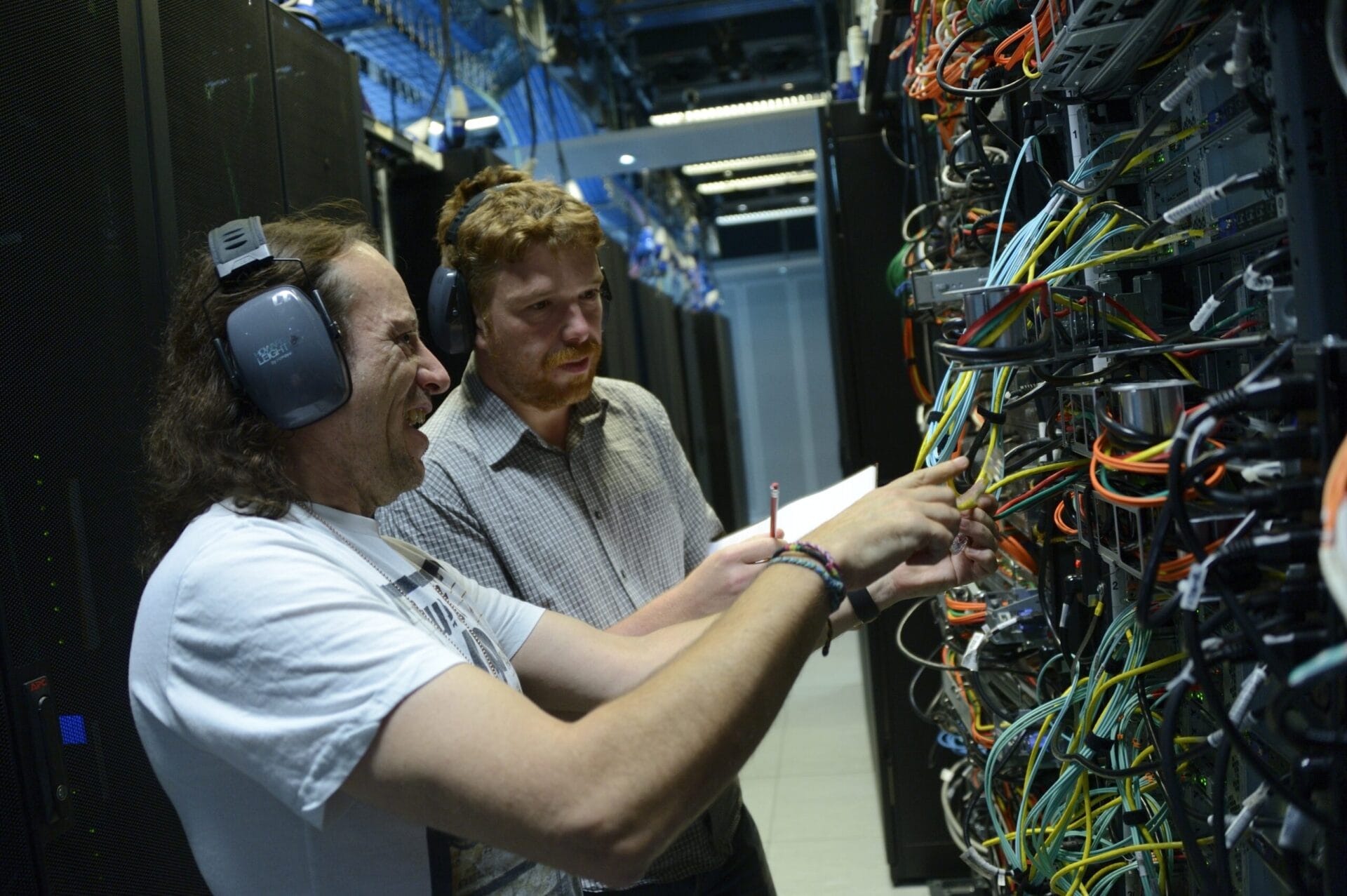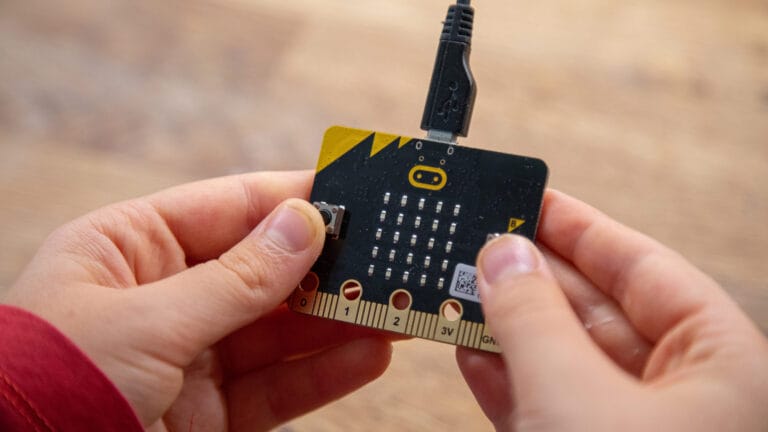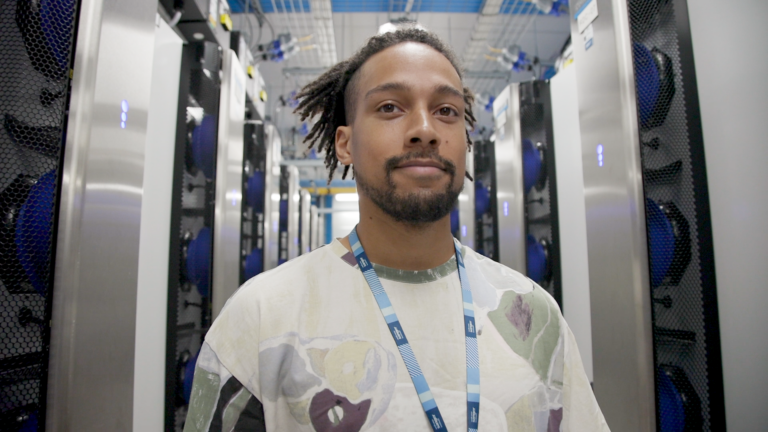Biology Coding - Data Centre Alarm
By Jack Monaghan, Science Engagement Manager.

Use a micro:bit to explore how simple coding can keep a data centre safe by creating your own alarm system.
Biologists use lots of different tools to study DNA. Some of the most powerful tools are fast computers that are housed in special rooms called data centres. A data centre will have lots of computers in it, and to work properly the data centre needs constant monitoring to ensure that everything is working the way it should.
This activity explores four factors that affect how the computers in a data centre perform: temperature, sound level, levels of vibration, and security. The aim is to write a code that uses the sensors on the micro:bit to observe the data centre and alert a scientist if something is not right.
You do not need a physical micro:bit to complete this activity, and can use the online simulator on the MakeCode website.
For those new to coding on a micro:bit this activity has a full step-by-step tutorial available at: https://makecode.microbit.org/#tutorial:97250-01341-16918-59862
Downloads
A complete five-page guide for teachers or educators running this activity.
One page instructions for students or participants, including a link to an online tutorial.
An example of how the final code might look, with screenshots, on three pages.
This activity was created by scientists on the Wellcome Sanger Institute Future Innovators graduate mentorship scheme, and further developed by members of the Sanger's Tech Talent Scheme, with support from the BioDev Network. It was piloted at the Centre for Computing History in Cambridge, UK.


